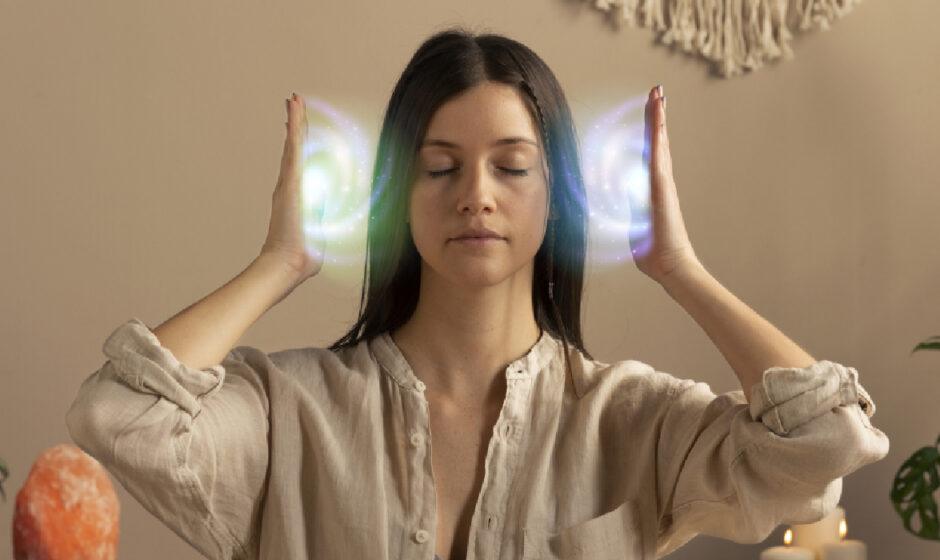Within the human experience, beautification goes much beyond aesthetic surface level; it explores the complex terrain of psychology and emotion, shaping the features of a meaningful life. The goal of this essay is to clarify the significant influence that beauty has on our mental and emotional health. Beautification is a stimulant for enjoyment, relaxation, and mental renewal that goes beyond the surface attraction of artistic masterpieces, uplifting music, and life-changing experiences. We set out on a quest to comprehend the revolutionary benefits beautifying has on our general well-being by untangling the complex strands that connect it to our emotional and psychological domains.
THE DIVERSE CHARACTER OF BEAUTIFICATION
Prior to exploring the transforming impacts, it is important to understand the complexity of beautification. It is much more than just the placement of tangible components; rather, it is a complex web of encounters that arouse our emotions and engage our senses. A doorway to the complex dance between aesthetics and the human mind is opened by every aspect of beautification, from the visually arresting landscapes to the resonant melodies.
AESTHETICALLY PLEASING AREAS: A VISUAL FEAST
Like a feast for the eyes, visually appealing surroundings have a similar effect on our emotional and psychological states. A wide range of emotions can be evoked by visual stimuli, such as the tranquil vastness of a natural landscape, the thoughtful construction of a structure, or the vivid colors of an urban mural. These areas’ elemental arrangements provide a symphony of harmony that appeals to our senses and evokes emotional of happiness, serenity, and aesthetic delight.
ARTISTIC WORKS: FORM AND COLOR HAVE AN EMOTIONAL MEANING
In all its forms, art serves as a medium for the expression of emotions. Through shape, Color, and texture, paintings, sculptures, and other artistic works convey a range of complex emotions. The way these components are physically arranged in an artwork can elicit a visceral reaction that breaks down linguistic barriers to speak to our emotions directly. A Sculpture’s exquisite details or a painting’s strong brushstrokes-artistic beautification has the ability to speak to the soul land create a strong bond between the viewer and the piece of art.
HARMONIZING THE HEART AND MIND WITH MEOLDIC MUSIC
Our emotions can be directly influenced by music thanks to its melodic cadences and rhythmic rhythms. The way notes, chords, and harmonies are arranged produces an auditory landscape that has the power to uplift, calm, or energize the soul. Beyond its linguistic contend, music’s emotional resonance is found in the way it sounds are arranged to elicit particular emotions. The uplifting speed of a joyful song or the melancholic melody of a sorrowful composition-music’s ability to beautify auditory space has a profoundly positive impact on our emotional state.
EVENTS THAT CHANGE YOUR LIFE: GETTING THROUGH THE EXPERIENCE TAPESTRY
There are times in life when something happens to us that change the way our emotions and psychology work. These occasions, whether they be social get-togethers, cultural festivals, or personal turning points, influence our worldview. The way that things are arranged physically at these events-from the atmosphere to the interactions-makes the whole experience more beautiful. These experiences leave a lasting impression on our emotional and psychological health, becoming deeply embedded in our memories.
BEAUTIFICATION AS A SOURCE OF JOY AND MENTAL REJUVENATION
The key is realizing that beauty, in all its manifestations, is a powerful catalyst for nurturing happiness and revitalizing our minds. The way visually appealing things are arranged appeals to our senses and make us feel good. Our eyes are drawn to visual beauty, our emotions are stirred by artistic works, our hearts are harmonized by beautiful music, and our experiences are woven together by life-altering events. In all cases, aesthetics turns into a driving force behind emotional health.
EMOTIONAL CONDITIONS: A HARMONY OF SENSES
A symphony of sensations that directly affect our emotional states is orchestrated by the arrangement of materials inside aesthetically pleasing places and artistic creations. Beautification influences our emotions, whether it’s through the serenity of a peaceful natural setting or the stirring feelings evoked by a powerful work of art. The deliberate placement of components to produce beauty becomes a language that speaks to our feelings, improving our mood and creating a pleasant emotional environment.
REST: UNWINDING IN HARMONIOUS AESTHETICS
Inducing relaxation is one of the wonderful impacts of beautifying on our psychological well-being. An atmosphere that is conducive to relaxation is created by the placement of components in aesthetically pleasing surroundings, such as soothing hues, soft textures, and harmonious patterns. Similar to how beautification promotes mental relaxation, so do the calming tunes of music and the immersing sensations of life-altering events. The deliberate placement of components turns into a healing tool that helps people escape the pressures of everyday life and find comfort in the harmony of the arts.
MENTAL WELLNESS: TAKING CARE OF THE MIND WITH BEAUTY
Beautification’s enormous effect on mental health is demonstrated by its capacity to nourish and revitalize the mind. A beautiful arrangement of components can be therapeutic, providing a break from the stresses of a busy world. Taking in all forms of beauty turns being in the presence of beauty into a kind of self-care, a mental reset that enhances mental health. Beautification’s transforming potential is found in its ability to improve mental health generally, lower stress levels, and improve cognitive performance.
COMPLEX RELATIONSHIPS: HANDLING THE BEAUTIFICATION AND PSYCHOLOGY INTERPLAY
Navigating the intricate relationships between these domains is crucial to understanding the transformative effects of beautification on emotional and psychological wellness. The way things are arranged in aesthetically pleasing areas, artistic works, beautiful music, and transformative experiences is intricately linked to human psychology. The deliberate arrangement of the components creates a language that speaks to the caverns of our thoughts and the core of our emotions.
EYE-CATCHY ENVIRONMENTS AND COGNITIVE PSYCHOLOGY
Understanding the psychological effects of aesthetically pleasing settings on our thought processes is mostly dependent on cognitive psychology. Our cognitive processes are influenced by the way components such as color psychology, symmetry, and spatial design are arranged within these places. For example, symmetrical designs provide a feeling of cognitive harmony by appealing to our natural sense of order and balance. Due to their psychological connotations, colors elicit particular feelings and moods that influence our cognitive reactions to our environment.
EMOTIONAL EXPRESSION AND CREATIVE WORKS
In artistic compositions, the arrangement of elements becomes a powerful tool for expressing emotions. Our emotional brain centers are communicated with by an artwork’s use of shape, color, and composition. By carefully placing these components, a visual language that goes beyond spoken words is created, arousing feelings and advancing our knowledge of the human condition. The close association between emotional expression and artistic beautification is evidence of the complexity of the interaction between aesthetics and psychology.
NEUROLOGICAL HARMONY AND MELODIC MUSIC
It’s an exciting field of research to examine the brain effects of beautiful music on our emotional and psychological health. The way that notes and rhythms are arranged in music directly affects the neuronal connections in our brains. Cheerful tempos can cause dopamine, the “feel-good” neurotransmitter, to be released, which can enhance feelings of pleasure and happiness. Conversely, slower tempos can promote relaxation by affecting the autonomic nervous system. The deliberate placement of musical notes creates a neuronal dance that balances our mental and emotional moods.
LIFE-TRANSFORMING OCCASIONS AND MEMORY DEVELOPMENT
The configuration of components in life-altering experiences is important for creating enduring memories. These events become more beautiful in our memories due to the atmosphere, interactions, and overall experience. These events’ purposeful arrangement of components produces a sensory-rich setting that improves memory formation. The physical arrangement of materials and the emotional impact of life-altering events become entwined, forming an experience tapestry that shapes our psychological terrain.
CONCLUSION, REVEALING THE TRANSFORMATIONAL TAPESTRY
Finally, the transformative impacts of beautifying on emotional and psychological well-being are a fascinating tapestry of change. The deliberate placement of items within these domains—from aesthetically pleasing areas and artistic creations to beautiful music and transformative experiences—becomes a potent catalyst for fostering happiness, promoting relaxation, and promoting mental health. The intricate connections that beautification has with the emotional and psychological domains show how deeply aesthetics affects the human condition. Organs beauty discover a transforming experience that goes beyond the senses and permanently alters the fabric of our emotional and psychological well-being as we traverse the symphony of sensations, the therapeutic landscapes, and the neuronal harmonies produced by beautification. The arrangement of components becomes a brushstroke in the symphony of beautifying, painting the canvas of our inner world with the colors of happiness, calm, and rejuvenation.



